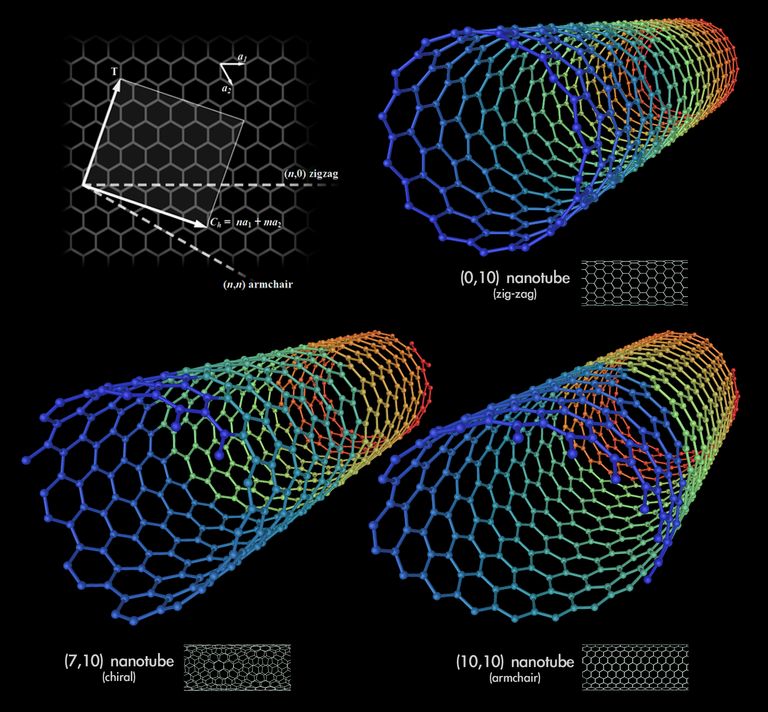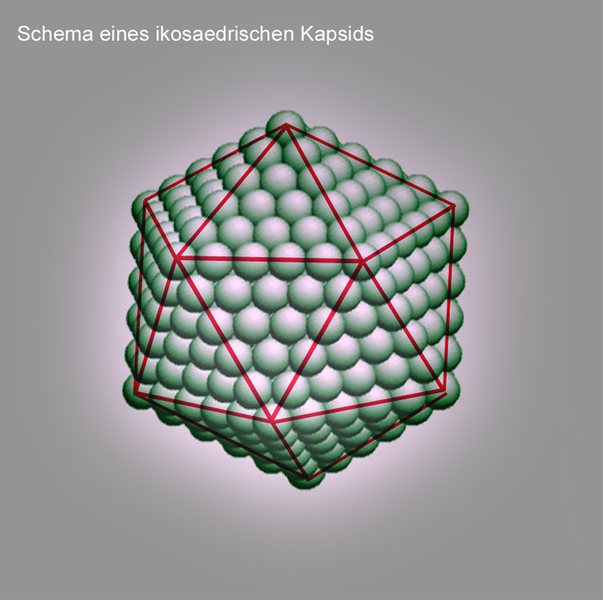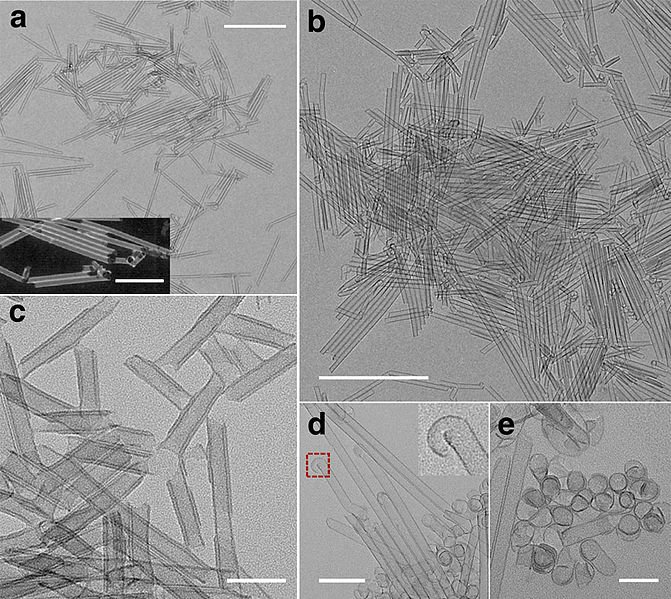Hey Steemians,
In my today’s articles I will be talking about one more way of making use of nanotechnology to kill bacteria, as by using antibiotics they attain antibiotic resistance after continuous exposure. In my previous article where I have discussed about the nanocomposites which have the antibacterial acitvity because of the presence of enzyme from bacteriophage (endolysin). There are several other examples of making such nanostructures which can have such properties. Nanozymes are one of the examples of it, these nanostructures can be made in a way to carry the necessary protein molecule in it and these can be stimuli responsive. Stimuli responsive is a process where a whole process can be triggered by any single action. It can be anything temperature, pressure, light could be anything, depends on the material.

In some of my earlier posts I was writing different methods which are focusing on antibiotic resistant bacteria and also to kill them without development of resistance. In present scenario there is need of talking about antibiotic resistance as it is one of the Global problems which everyone facing around the globe. According to WHO report in 2016, 490,000 people developed multi-drug resistant tuberculosis globally, and resistant drug is also posing complication in the treatment of HIV and malaria (1). So, to have a system which can be more efficient and cost effective and most importantly not allowing the microbial species to surpass the treatment with the new strains, Nanostructures with the enzymatic activity could be used. Here, I will be sharing one example of stimuli responsive method that is light driven assembly of nanomaterial result in the antimicrobial activity.
Nanomaterial with enzymes like property: NanoZyme
In this post I will be talking about NanoZymes, enzymes are modified into a nanostructure which gets activated in presence of light and leads to killing of bacteria. Earlier scientists have also used various inorganic compounds to make antimicrobial agents for instance polymers, metal ions, chemically modified natural compounds and quaternary ammonium compounds but they also had some complications of being used for human use. In early research scientist have experimented the role of metal ions in the treatment of disease and killing of bacteria. Hao Wang group from Centre for Nanoscience and Technology, China have done the experiment using magnetic nanoparticles and using it to produce reactive oxygen species (ROS) to kill bacteria and have also in-vitro treatment of tumor (2). Xiaogang Qu group from Changchun Institute of Applied Chemistry, China made use of gold nanoparticles coated on silica using the same reactive oxygen species to kill bacteria and it was also helpful in reducing the biofilm formation (3). So what are NanoZymes? NanoZymes are nanoparticles which mimics natural enzymes which can catalyze relevant biological reactions. NanoZymes has wide application for humans which includes sensing, pollution control, and therapeutics, imaging and waste treatment. There are many positives point which are related with synthesis of NanoZymes that they are cost effective, highly stable and can be tuned with the requirement or environment. The one property which these nanoparticles use is to produce reactive oxygen species from hydrogen peroxide and results in stress condition for the growth of bacteria in presence of superoxide ions. However there is one drawback is associated with these NanoZymes is continuous active state of them, as they are continuously active and bacteria in association with them can develop resistant to them also due to continuous exposure, so there is need to manage their activity and control them that is to turn on or off them.Oxygen-Species-Mediated Antibacterial Activity of CuO nanorods (A case study)
So to control them Vipul Bansal group from RMIT, Victoria, Australia tried to solve this problem by using visible light to trigger their activity and in absence of which they are inactive. Here in this work they tried to control the activity of CuO(Copper oxide) nanorods which were mimicking peroxidase in enzymatic activity. Earlier to this work they shown that have shown the biofilm forming ability of bacteria can be tuned by using carbohydrate surfactants which were functionalized using azobenzene whose activity can be triggered in presence of light (4).To produce Copper oxide nanorods they used copper chloride dihydrate and dissolved in Milli-Q water at high temperature at constant stirring and after at they added triethyalmine to the solution and after this they washed it with acetone and methanol solution. The purpose of adding triethyalmine as hydrolyzing agent to produce nanorods, triethyalmine helps in the formation and extension of nanorods (5). They characterized the nanorods using transmission electron microscopy, atomic force microscopy (AFM) and X-ray photoemission spectroscopy (XPS) and found that these nanorods were of average length and width of approximately 2.2 ± .67 µm and 70.1 ± 14.7 µm respectively. And AFM analysis showed that these NanoZymes are rod shaped with about 30-35 nm thickness. To check the ionic state of copper present in these nanorods they performed XPS, the peak results showed that copper was in Cu2+ ionic state.

After preparation of nanorods they tested for its enzymatic using various substrate that make them NanoZymes in their nature. To check the peroxidase activity of nanorod they used ABTS (3-ehtylbenzthiazoline-6-sulfonic acid) which is a colorless peroxidase substrate, nanorods showed the ability of producing OH radicals which catalyzing oxidation of ABTS in the presence of hydrogen peroxide and produces green color. To show that broad spectrum activity of CuO NR on other substrates, they checked the activity on TMB (3, 3’, 5, 5’-tetramethylbenzidine) and o-phenylenediamine (OPD) and both of them changed their color to blue and yellow respectively.
The group studied the stability and activity of CuO NRs on different temperature and pH. With their experiment they found that they showed activity in the range on pH 3 to 7, with highest activity at pH 4 and the catalytic activity was present in the range 25-60 °C with maximum at 45 °C. These conditions make them suitable to use in biological physiological conditions.
In the market, CuO microparticles are already available so to compare its activity with CuO NR; the group used both of them and carried out their study. With the study they found out the catalytic activity of CuO NR is higher than CuO MP, to find the reason they performed Brunauer-Emmett-Teller (BET) analysis to study their surface area and results justified that CuO NR was 10 fold higher in surface area compared to CuO MP which suggests that this increased surface area is responsible for more catalytic activity of NanoZymes.To check its activity in presence and absence of visible light the experiment was carried out with terephthalic acid which acts as fluorogenic probe. Terephthalic acid reacts with hydroxyl ion to become a fluorescent compound at 435 nm. The speed of this reaction is 2-4 times higher in presence of visible light than in its absence. After studying all the properties of this NanoZymes the question was by what mechanism they are degrading hydrogen peroxide and producing OH radicals. So the mechanism was similar to other transition metal in which the transition metals react gets adhered to the surface of nanoparticles and after that these nanoparticles break the O-O bind of hydrogen peroxide and produces hydroxyl radicals (6).

Next in the study is to check its activity against bacteria, so for this purpose they used E.coli. In the absence of hydrogen peroxide the activity of these NanoZymes were very less irrespective of presence and absence of light but in presence of hydrogen peroxide showed better results. In one more study to show role of light they proved that in presence of light and at suitable pH and temperature condition along with hydrogen peroxide it showed almost 92% of cell killing. These reactive oxygen species results in the rupture of bacterial was investigated by TEM images in which NanoZyme exposed cells were rough in their morphology compared to unexposed (7).
So these NanoZyme has many applications like they can be used for the production of wound healing material. They can also be used in hospital environment where chances of bacterial becoming resistant to treatment are very high. Alongwith this NanoZymes can be used in paints and lacquers to keep the walls free from bacteria which can ultimately become reason of many diseases (8).
Conclusion
Several mimics of enzymes have been reported to function the natural enzymes with that researchers have developed the nanomaterials which can function in a similar manner and can show the enzymatic activity. Nanozyme are the nanomaterial which have enzyme-like properties and proposes a new method of developing the artificial enzyme. New advances and modification in this area came up with a more advanced artificial enzyme which have more functions than the natural ones. These nanozymes posses a wide range of application in the field of biotechnology and here I have shown an example of anitmicrobial properties of these artificial enzymes. They can also be used in the imaging , sensing, pollutant removing, water treatment, therapeutics etc.
In-situ Growth of CuO Nanowires
References
WHO fact sheet - Antimicrobial resistance.
Cozzoli et. al., 2005 Shape and Phase Control of Colloidal ZnSe Nanocrystals. 17(6);1296-1306.
Wang et. al., 2016 Nanozymes in bionanotechnology: from sensing to therapeutics and beyond. 3;41-60.
Hope you enjoyed reading it, Please upvote and follow my page for further reads on such topics. Feel free to comment.





Hi.
I am delighted with your publication.
In addition, I believe that bacteriophages should be used in the future as a treatment against infections.
Regards!
Yeah, they are believed to be used in the near future and researchers are working on it, there are some papers where people have reported it working on some of the pathogenic strains.
Join the steemstem community on steem and also on discord, you will get lots of such interesting reads over there.
CheersThanks for the appreciation @andres.bio
This is amazing. Antibiotic resistance is getting too out of control nowadays until healthcare providers are needed to use stronger antibiotics to cover up simple infections. Glad that they have managed to come across newer techniques such as the nanozyme to overcome this huge and worrying obstacles. A good read !!
Yeah, these nanomaterials propose to overcome all the hurdles which we generally face with the antibiotics.Thanks for the comment @soulesque